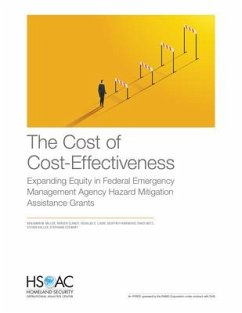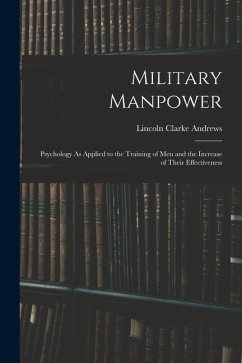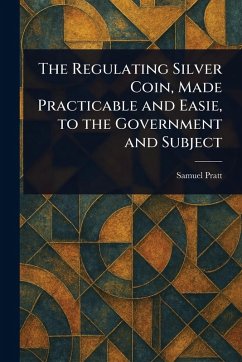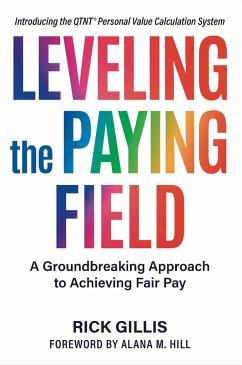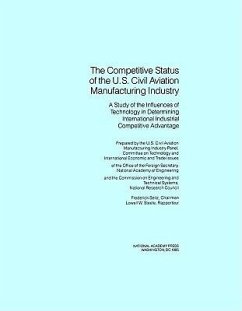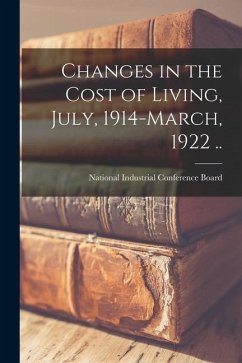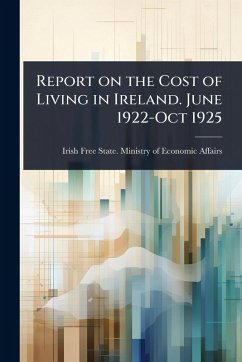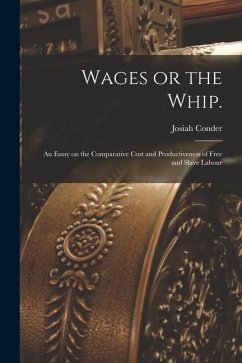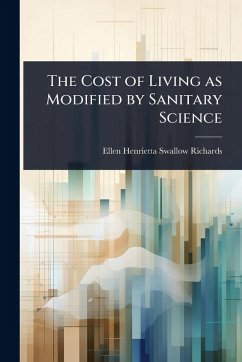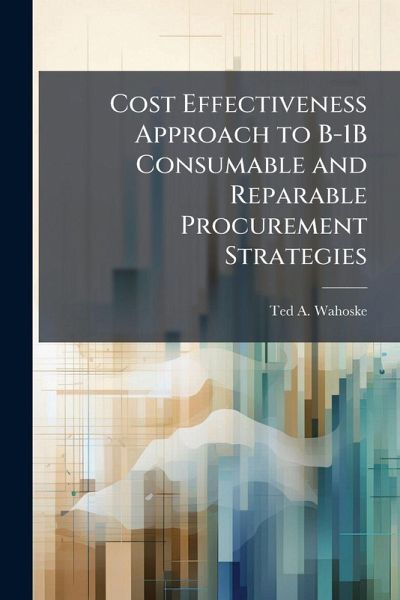
Cost Effectiveness Approach to B-1B Consumable and Reparable Procurement Strategies

PAYBACK Punkte
8 °P sammeln!
The use of a cost effectiveness methodology to evaluate inventory procurement strategies can provide added insight into the best possible use of limited financial resources. This research utilized a cost effectiveness approach to evaluate the procurement of B-1B bomber spare parts used for base-level maintenance operations. Average number of backorders and average MICAP hours data for 32 Federal Supply Class (FSC) categories were drawn from an Arena simulation model based on historical supply and maintenance data from Ellsworth Air Force Base, along with corresponding cost data from the Air Fo...
The use of a cost effectiveness methodology to evaluate inventory procurement strategies can provide added insight into the best possible use of limited financial resources. This research utilized a cost effectiveness approach to evaluate the procurement of B-1B bomber spare parts used for base-level maintenance operations. Average number of backorders and average MICAP hours data for 32 Federal Supply Class (FSC) categories were drawn from an Arena simulation model based on historical supply and maintenance data from Ellsworth Air Force Base, along with corresponding cost data from the Air Force Total Ownership Cost database. With this data, the cost per average MICAP hour for each FSC were analyzed to gain insight into which FSCs are most likely to positively influence MICAP hour reductions in a cost effective manner. This exploration highlighted the benefits of targeting FSCs with a low procurement cost to cost per MICAP hour ratio to capitalize on the efficient use of appropriated funding and the subsequent effect on MICAP hour reductions. This work has been selected by scholars as being culturally important, and is part of the knowledge base of civilization as we know it. This work was reproduced from the original artifact, and remains as true to the original work as possible. Therefore, you will see the original copyright references, library stamps (as most of these works have been housed in our most important libraries around the world), and other notations in the work. This work is in the public domain in the United States of America, and possibly other nations. Within the United States, you may freely copy and distribute this work, as no entity (individual or corporate) has a copyright on the body of the work. As a reproduction of a historical artifact, this work may contain missing or blurred pages, poor pictures, errant marks, etc. Scholars believe, and we concur, that this work is important enough to be preserved, reproduced, and made generally available to the public. We appreciate your support of the preservation process, and thank you for being an important part of keeping this knowledge alive and relevant.



